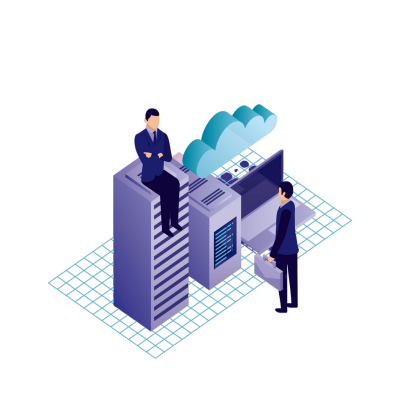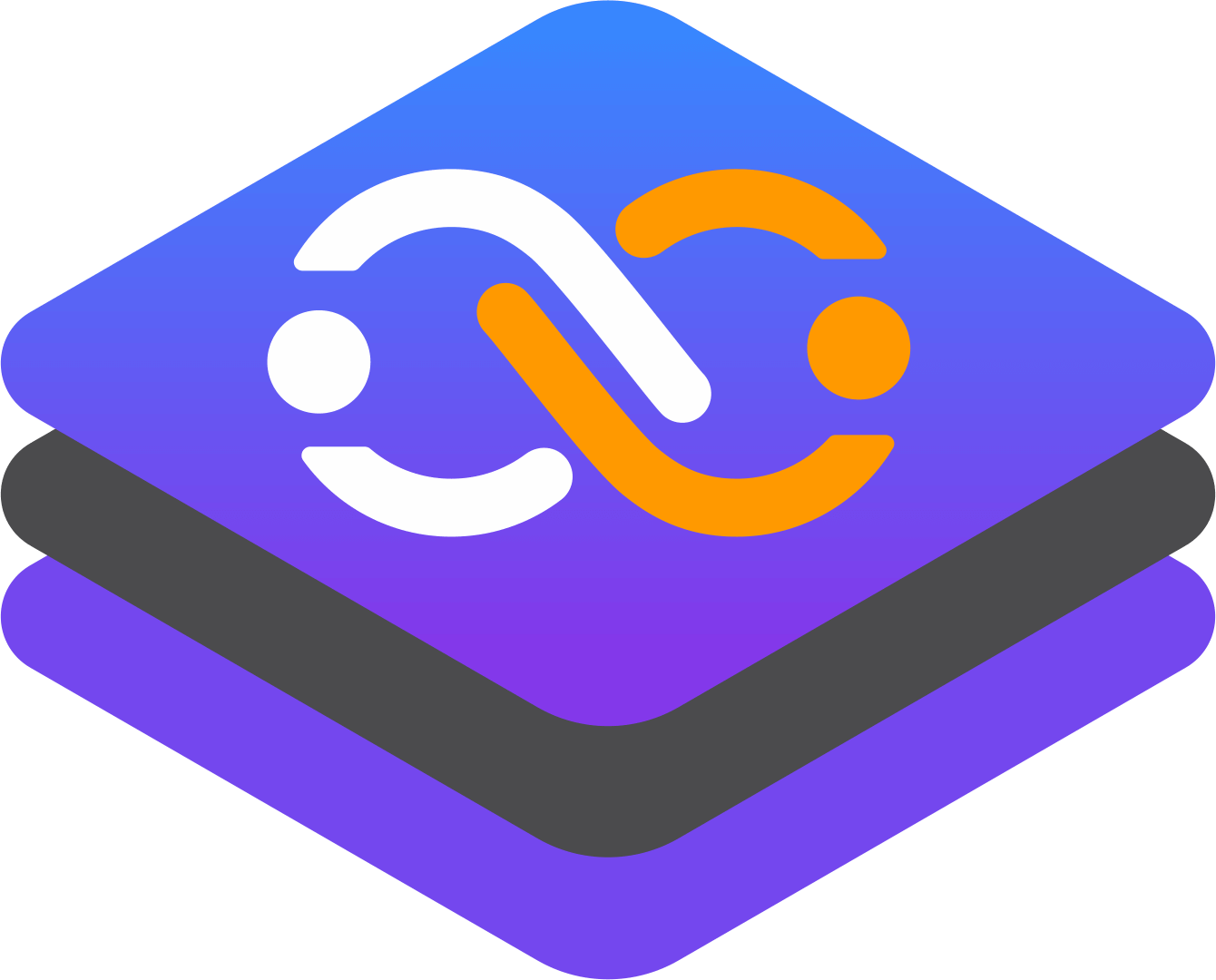Cloud Cost Optimization as an Operating Model for Technology Leaders

What is cloud cost optimization?
Cloud cost optimization is the systematic practice of reducing spend on cloud services while maintaining or improving performance and efficiency through better visibility, resource management, and strategic decision-making.
Cloud cost optimization involves monitoring, analyzing, and adjusting cloud resource usage to minimize costs without compromising application or infrastructure performance. It requires eliminating waste, rightsizing workloads, selecting the most suitable pricing models, and ensuring teams are accountable for their cloud consumption.
Cloud cost optimization delivers sustainable value only when it becomes part of an organization's operating system, not a project that begins when bills spike. Treating cost as a design input places financial outcomes on the same level as reliability and security.
Cloud cost optimization is nowadays much more than an accounting trick - it's a window into how organizations adapt, innovate, and collaborate under the pressure of a rapidly evolving digital landscape. The latest trends reveal that it's not just about finding savings but fundamentally reimagining how teams experiment, build, and grow in the cloud era.

Cloud Cost Optimization in the Era of AI
Cloud cost optimization with AI is not just about trimming fat - it’s about creating a responsive, self-educating engine for business value, risk-taking, and cultural transformation. AI has shifted the paradigm from static controls to active, predictive, and adaptive financial strategies, tightly coupled with business and engineering intent.
Modern AI systems learn, predict, and act on usage patterns at a scale and speed far beyond human capability. Instead of manually sifting through expense reports, organizations now rely on intelligent algorithms that forecast demand, anticipate surges, and move workloads autonomously to the lowest-cost, best-performance cloud resources - sometimes across multiple providers in real time. AI has turned cost optimization into a living system where recommendations become automated actions, and cost savings are embedded in every deployment pipeline and experiment.
7 Unique Ways AI is Revolutionizing Cloud Cost Optimization
-
AI as a Real-Time Autonomous Cost Engineer
AI systems now actively manage cloud infrastructure costs by predicting demand fluctuations and automatically reallocating resources across providers - minimizing spend without manual intervention. This shifts cost optimization from reactive reporting to proactive financial engineering. -
Linking Cloud Spend to Business Outcomes
Advanced AI tools correlate each cloud dollar with business metrics like revenue generation, user engagement, or product development velocity - turning cost optimization from a budget cut into an accelerator for strategic investments. -
Self-Tuning Multi-Cloud Arbitrage
AI enables continuous workload migration to optimize costs and compliance across complex multi-cloud environments, using price signals and performance metrics in real-time to exploit discounts and optimal geography. -
The Emergence of Green Cloud AI
AI-driven cost optimization now considers environmental impact, selecting data centers and configurations that reduce carbon footprints alongside costs - helping organizations meet both fiscal and sustainability goals. -
Federated AI Learning Networks for Cost Efficiency
Innovative opt-in AI networks allow organizations to anonymously share optimization learnings, accelerating savings through community-driven intelligence beyond individual enterprise boundaries. -
Mitigating the GenAI Cost Explosion
With generative AI workloads growing rapidly, AI-powered tools handle the unique challenges of managing expensive GPU clusters, spot instances, and hybrid commitments - ensuring experimental AI doesn’t become a runaway expense. -
Cultural Transformation via AI-powered FinOps
AI embeds cost awareness directly into development workflows, empowering engineers with predictive cost insights that drive accountability and cost-efficient innovation from the ground up - merging finance and engineering seamlessly.
Why is cloud cost optimization important?
Cloud cost optimization is important because it reshapes how an organization treats technology investment - not simply as a line item to reduce, but as a signal of strategic alignment between business outcomes and engineering choices.
Cloud cost optimization is no longer simply about cutting expenses - it has evolved into a vital strategic tool that reflects how organizations navigate the complexity, speed, and scale of today’s digital economy.
Cloud cost optimization serves as a strategic compass and a business intelligence mechanism. It reveals deep insights into how technology investments correlate with actual business outcomes, exposing not only waste but also opportunities for growth, innovation acceleration, and competitive differentiation. The cloud cost bill is no longer just a financial report; it’s a storytelling device - laying bare the company’s ambitions, risks, and evolving priorities.
Benefits of cloud cost management
|
Benefit |
Explanation |
|
Financial Control & Predictability |
Real-time visibility into cloud spending enables accurate forecasting, aligns technology investments with business goals, and prevents unexpected budget overruns. |
|
Improved Resource Utilization |
Continuous monitoring reveals idle or oversized resources, allowing teams to retire or resize them and ensure every dollar supports active workloads. |
|
Data-Driven Architecture |
Cost insights guide choices on compute models, storage tiers, and regions, creating infrastructure that scales efficiently and remains sustainable. |
|
Business Agility |
Rolling forecasts and automated guardrails let teams scale services or launch new features quickly without financial surprises. |
|
Shared Accountability |
Finance, engineering, and product teams work from the same data, fostering joint responsibility for balancing performance with financial impact. |
|
Stronger Profit Margins & Pricing Flexibility |
Predictable infrastructure costs enable competitive pricing, better service tiers, and reinvestment of savings into innovation and product growth. |
Cloud cost optimization tools
|
Tool |
Key Features |
|
AWS |
Native AWS analytics for spend, usage, and forecasting; integrates with Savings Plans and Reserved Instance planning. |
|
Azure |
Tracks Azure resource spend, provides budgeting, alerts, and rightsizing suggestions. |
|
Google Cloud |
Provides cost breakdowns, commitment analysis, and rightsizing recommendations for GCP workloads. |
|
Kubecost |
Monitors Kubernetes cluster spend across any cloud or on-prem, with granular namespace and label-based allocation. |
|
CloudHealth (VMware) |
Multi-cloud governance, cost optimization, and policy automation with enterprise reporting. |
Start with a detailed assessment of existing workloads and deployment patterns to identify architectural decisions that create hidden costs or limit scalability, then design modernization plans such as containerization or serverless adoption.
A FinOps framework is introduced so finance, engineering, and product teams share visibility and accountability, with real-time cost dashboards, enforced tagging standards, and budget checks embedded in CI/CD pipelines.
Key points
Cloud cost optimization relies on several connected principles that work best when treated as an ongoing practice rather than a one-time savings exercise.
Real-time financial visibility comes first, giving teams current data on usage and spending so they can forecast accurately and address waste before it grows.
Automation through policy-as-code enforces budgets and compliance during provisioning, preventing uncontrolled growth without slowing development.
Embedding cost checks into CI/CD pipelines lets developers see the financial impact of each code change.
Linking infrastructure expenses to customer behavior through telemetry connects every dollar spent to measurable business value.
